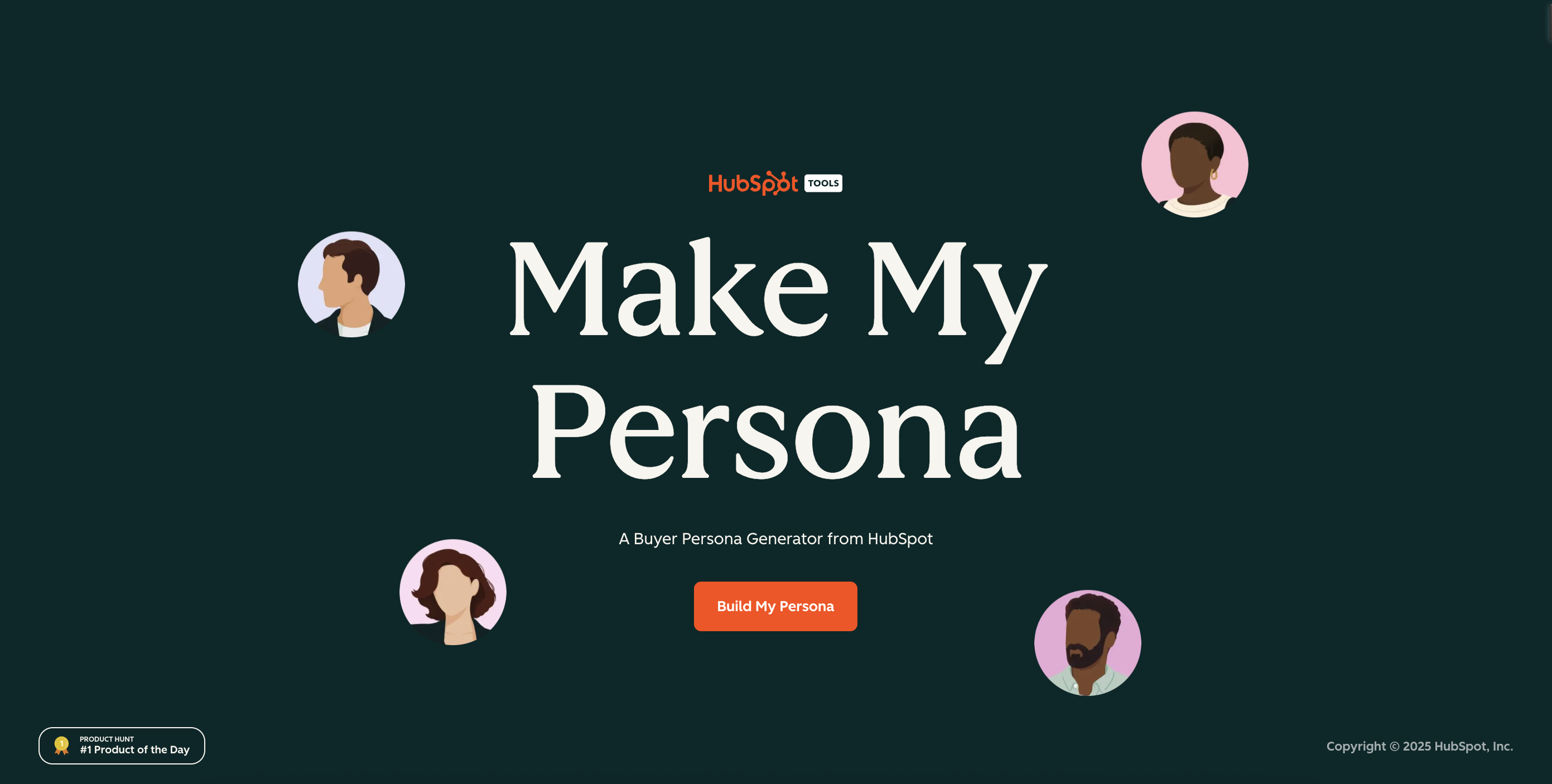Sometimes, in the marketing industry, you have to close your eyes and take a leap of faith.

Other times, you can calculate your moves to execute a strategy with a proven track record.
But what about a method of strategic planning that involves taking a leap of faith and calculation?
I'm talking about customer targeting, which is a way to divide your target audience further into groups and use fresh, new strategies to capture their attention during the buyer's journey.
How does customer segmentation work and how do you use it? These are great questions that we'll explore later in this post. But first, we're going to cover the basics.
Let's begin by exploring why customer segmentation and targeting are important.
Customer Segmentation and Targeting
In an age where 70% of a customer's journey is based on how they feel they are being treated, it's important to cater to their interests. Snagging the interest of a customer in the midst of the customer journey comes with a deep understanding of audience behavior.
What is customer segmentation?
Customer segmentation is a term used to describe the process of sectioning off customers by the same demographics or characteristics, such as industry, age, or location. Marketers use segmentation to get an idea of how to market to each group in the most effective way.
Customer segmentation is an effective strategy if you are thinking of new ways to reach your target audience. It's also a valuable method if you have a large audience, since segmentation divides them into smaller groups so you can figure out how to reach a market you're unsure about.
Are you a B2B marketer? Here are some popular customer segmentation characteristics you can define your customers by:
- Location
- Number of employees
- Industry
- Buyer behavior
For instance, if your target audience is SMBs, you can define them further by these attributes. Let's say you're starting a winter holiday campaign that involves a sale on your most popular products — you might consider location and buyer behavior segments to see who to market to, and how.
Let's consider an example: I live in Boston, and I use public transit nearly every day. Sometimes, I see ads in train stations for music streaming apps like Spotify, which aren't a coincidence.
Spotify most likely chose their ad space based on results from customer segmentation. If they segmented customers by location, behavior, and needs, they probably found a large portion of customers in cities tend to listen to Spotify on their daily commute.
That's how segmentation works in practice: it can lead to informed business decisions like how and where to target customers. This process of using segmentation to catch the audience of customers is called targeting.
Customer segmentation and targeting go hand-in-hand. Segmentation helps divide the audience, and targeting is how you capture their attention.
Let's go back to the Spotify example. The streaming service wanted to target its customer base of commuters, and the avenue they went with to accomplish that was buying ad space in train stations.
Which avenue will you choose to target segmented customers? If you've noticed during segmentation that a majority of your customers are B2B startups with 1-50 employees, consider thinking of ways to catch their attention based on those attributes.
Now that you know more about customer segmentation and targeting, let's look at some strategies to figure out how to segment customers and target them correctly.
Customer Targeting Strategies
These strategies will help you create customer segments and give you ideas about how to market to them, with an example of what that looks like.
Customer Targeting Strategies
- Refine your buyer persona(s).
- Research popular keywords.
- Communicate effectively with your audience.
- Go beyond regular content to target specifics.
- Consider partnering with influencers.
1. Refine your buyer persona(s).
When you defined your target audience, did you flesh out a buyer persona? Recall that a buyer persona is a profile of an ideal customer that you make to align with your business goals.
When you begin to segment your audience, consider making separate buyer personas. These personas will help you think of fresh ideas for targeted marketing. When you create a buyer persona, you have to identify the challenges of your ideal customer that you can help solve.
If you see that a lot of your customers are in the ecommerce industry, create a buyer persona to reflect that segmentation to help you map out this ideal customer. If this segmented audience tends to be in a specific geographical location, think of how you can catch their attention from the customer point of view.
2. Research popular keywords.
Identifying keywords can help you look for trends related to your audience. If you want to keep track of audience behavior, this is a great way to do it. A keyword tracking tool can help you come up with a list of words or phrases that carry buzz among your segmented customers.
Keyword tracking tools can comb through search engines to see what words are common in your industry. Knowledge like this is helpful when you're considering how to formulate content that will fit a need in the industry.
To illustrate, let's say you find that "Free" and "eBooks" rank among high keywords for your segmented audience. Those are huge clues for how you can market to that group. If you create an eBook or something similar, try adding CTAs in marketing emails or blog posts aimed towards that customer.
3. Communicate effectively with your audience.
When you observe behaviors in your segmented audience, you'll want to communicate in a way that connects with them. When you crawl social media, do specific words or hashtags stick out? How can you not only follow suit but individualize this language to suit your company?
Matching the communication style of your segment with your campaign voice shows your intimate knowledge about the needs of your segment. It lets your audience know that you want to connect with them on their level and truly understand how your company can fit into their lives.
For example, let's take a look at Netflix's Twitter account. Clearly, it is aimed towards a millennial audience. Netflix does a great job of using laid-back language — including in its bio and its tweets — to promote new releases to its segmented audience.

Sometimes, the tweets Netflix makes are controversial enough to make it in the news, and other branded accounts join in on the conversation. Accounts like Netflix have a really good understanding of what their audience will respond to — for instance, check out the tweet in the screenshot, above, which got over 300 replies in less than an hour.
4. Go beyond regular content to target specifics.
Similar to the last point, targeting can help you create content that resonates with a specific group of customers. Not only does communication matter, but what you use to help you communicate those messages matter, as well.
Consider this post by HubSpot on Instagram:
View this post on InstagramA post shared by HubSpot (@hubspot) on
This example shows how HubSpot uses graphics and branding to connect with their audience. Using statistics to catch the attention of potential customers on Instagram is a good way to show the credibility of a business.
As a consumer, I'm very intrigued by content I connect with. When food magazine Bon Appetit announced merchandise drawing inspiration from their YouTube channel, I instantly went to check it out. I love watching videos from the BA test kitchen and have come to love a number of their series.
To me, it feels good to know I could wear a shirt with a map of the test kitchen on it or a cute tote bag with three of my favorite foods on it. How did Bon Appetit know exactly what kind of merch to release to pull me in?
They could've easily looked at the demographics of their viewers, such as age, location, and gender, and tracked their company mentions on social media. Those two methods help draw up a pretty solid segmentation of someone who would purchase your product.
5. Consider partnering with influencers.
If you've looked into using influencers before, you most likely know the stats. You also most likely know that they are a worthwhile investment if you have younger fans, who trust the opinion of influencers.
This is good news if you've segmented customers by age and have a pretty good idea of the type of influencers in your industry. If you're unsure, we have a post of top influencers in several industries for reference.
When you partner with influencers, you are exposing your company to a large fanbase of potential customers. Even if you partner with smaller influencers (micro-influencers) you can still gain a percentage of exposure for your business.
The addition of using influencers in your planning comes from a deep understanding of the customers you've targeted. Influencers can help you connect with an audience with which you've previously struggled.
Using targeting to attract a more succinct fan base is a great way to build those relationships with customers you may be lacking. Whether you work at an SMB looking for a more solid way of connecting with customers or a large business, customer segmentation and targeting is an excellent way to delight your customers.




![How to Create Detailed Buyer Personas for Your Business [+Free Persona Template]](https://www.hubspot.com/hubfs/buyer-persona-research_1.webp)
![20 Best Buyer Persona Questions to Ask Customers [Free Template]](https://53.fs1.hubspotusercontent-na1.net/hubfs/53/buyer%20persona%20questions.jpg)
![The Definition of a Buyer Persona [in Under 100 Words]](https://www.hubspot.com/hubfs/a%20woman%20buyer%20persona.jpg)




